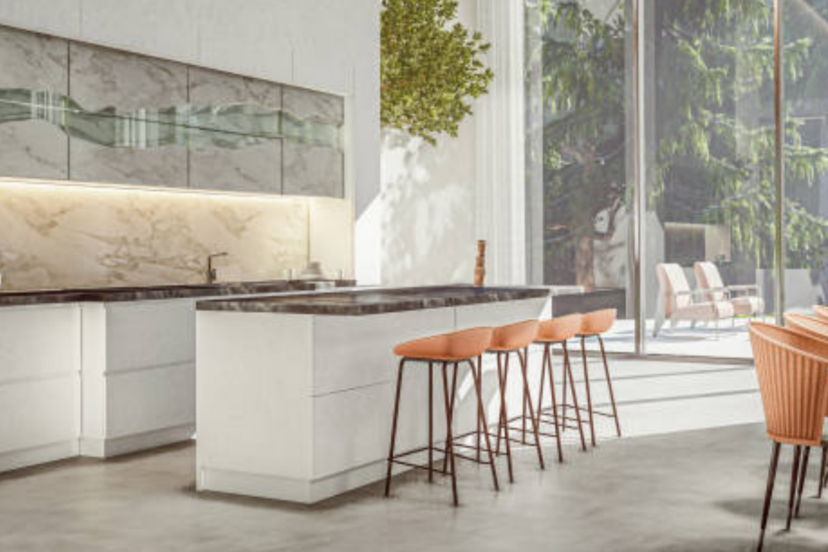Hydroponics and Indoor Gardening in Modern Kitchens: A Revolution in Culinary Spaces
In the realm of modern kitchen design, a growing trend is taking root: the integration of hydroponics and indoor gardening. This innovative approach not only adds a touch of greenery to culinary spaces but also revolutionizes the way we source and interact with our ingredients. In this article, we will explore the fascinating world of hydroponics and indoor gardening and how they are reshaping the dynamics of contemporary kitchens.
I. The Hydroponics Revolution: Soilless Growth
A. Understanding Hydroponics
- A Soilless System: Hydroponics is a method of growing plants without soil, utilizing a nutrient-rich water solution that delivers essential elements directly to the roots.
- Efficiency and Speed: Hydroponic systems often lead to faster growth rates and higher yields compared to traditional soil-based gardening.
B. Benefits for Modern Kitchens
- Space-Saving Solutions: Hydroponic setups are compact and can be integrated seamlessly into kitchen spaces, maximizing the use of available area.
- Year-Round Harvesting: With controlled environments, hydroponics allows for year-round cultivation, ensuring a constant supply of fresh herbs and greens.
II. Vertical Gardens: A Green Aesthetic in Kitchens
A. Vertical Gardening Techniques
- Utilizing Wall Space: Vertical gardens make use of vertical surfaces, allowing plants to grow upwards, making them a perfect fit for kitchens with limited floor space.
- Aesthetic Appeal: They add a visually pleasing, natural element to kitchen design, creating a harmonious fusion of greenery and modern aesthetics.
B. Edible Walls and Living Art
- Edible Landscapes: Vertical gardens can be tailored to grow edible plants, providing a sustainable source of herbs and vegetables right in the heart of the kitchen.
- Customizable Designs: They offer an opportunity for personalization, allowing homeowners to create living artworks that reflect their taste and style.
III. A Symphony of Light and Water: Hydroponic Systems
A. Nutrient Film Technique (NFT)
- Continuous Flow of Nutrients: NFT systems provide a constant flow of nutrient-rich water to the roots, ensuring optimal growth conditions.
- Space-Efficient and Low Maintenance: They require minimal space and maintenance, making them an excellent choice for busy kitchens.
B. Deep Water Culture (DWC)
- Submerged Roots in Nutrient Solution: DWC systems submerge plant roots in a nutrient solution, providing ample oxygen and nutrients for vigorous growth.
- Simplicity and Affordability: DWC setups are straightforward to assemble and cost-effective, making them accessible to a wide range of enthusiasts.
IV. Smart Gardening: Integrating Technology
A. Automated Monitoring Systems
- Sensors and Controllers: Smart systems monitor factors like pH levels, nutrient concentrations, and light cycles, ensuring optimal conditions for plant growth.
- Remote Accessibility: Gardeners can remotely monitor and adjust conditions, providing convenience and peace of mind.
B. App-Controlled Gardens
- User-Friendly Interfaces: Apps allow users to easily control and monitor their indoor gardens, even for those with limited gardening experience.
- Data-Driven Insights: They provide valuable data and insights for optimizing growing conditions and maximizing yields.
Conclusion
Hydroponics and indoor gardening are not only transforming the aesthetic appeal of modern kitchens but also redefining how we interact with our food. By embracing soilless growth, vertical gardening, and integrating smart technology, homeowners can cultivate a sustainable source of fresh produce right in their kitchens. This fusion of technology and nature not only enhances culinary experiences but also contributes to a more sustainable and self-sufficient lifestyle. Embrace the hydroponics revolution, and watch as your kitchen blossoms into a green sanctuary of culinary creativity and vitality.


Comments are closed.